 |
 |
 |
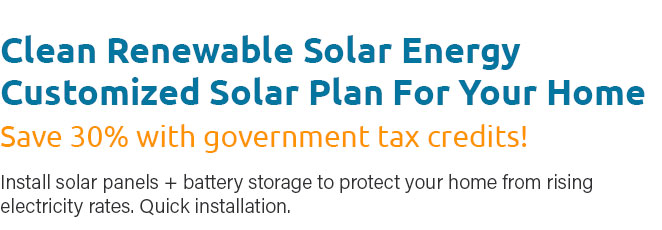 |
 |
 |
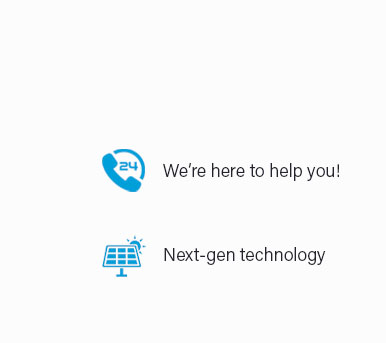 |
 |
 |
 |
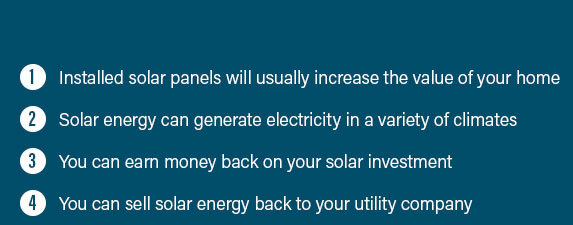 |
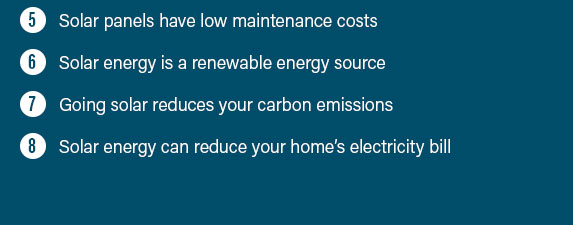 |
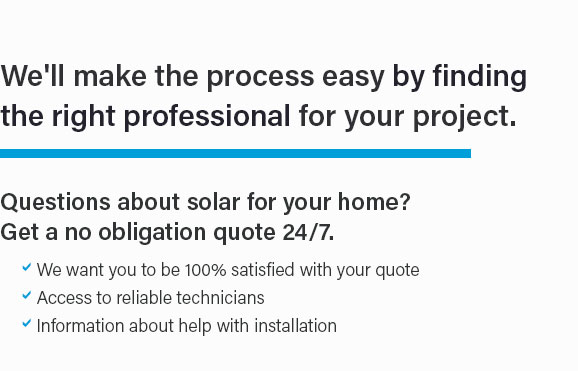 |
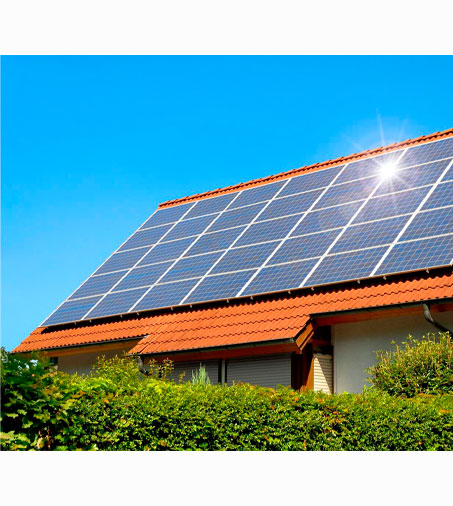 |
|
 |
 |
 |
|
Harness the power of the sun and revolutionize your energy future with our cutting-edge on-grid solar panel installation services-get your bespoke solar panels installation quote today and discover how you can slash your electricity bills while empowering your home with clean, sustainable energy; our expert team is ready to guide you through every step, ensuring seamless integration and maximum efficiency, so take the leap towards a brighter, greener tomorrow with confidence and let us illuminate the path to energy independence.
https://shopsolarkits.com/blogs/learning-center/how-to-connect-solar-panels-to-the-grid
You can connect the solar panels directly to a power inverter and then connect it to your home grid. Alternatively, you can connect the inverter ... https://www.renogy.com/blog/basics-of-an-ongrid-solar-system/?srsltid=AfmBOoohs4tkWrTyBroJtFuFn8PAYDcImYCC-z1LMxptn6k1DG6ovpIw
On-grid systems typically consist of solar panels, an inverter, and a bi-directional meter, enabling users to power their properties with solar ... https://www.youtube.com/watch?v=1cmGarKjD0o
On-Grid rooftop system: The On-grid system is connected with utility grid and this system would work only if the grid is available.
|